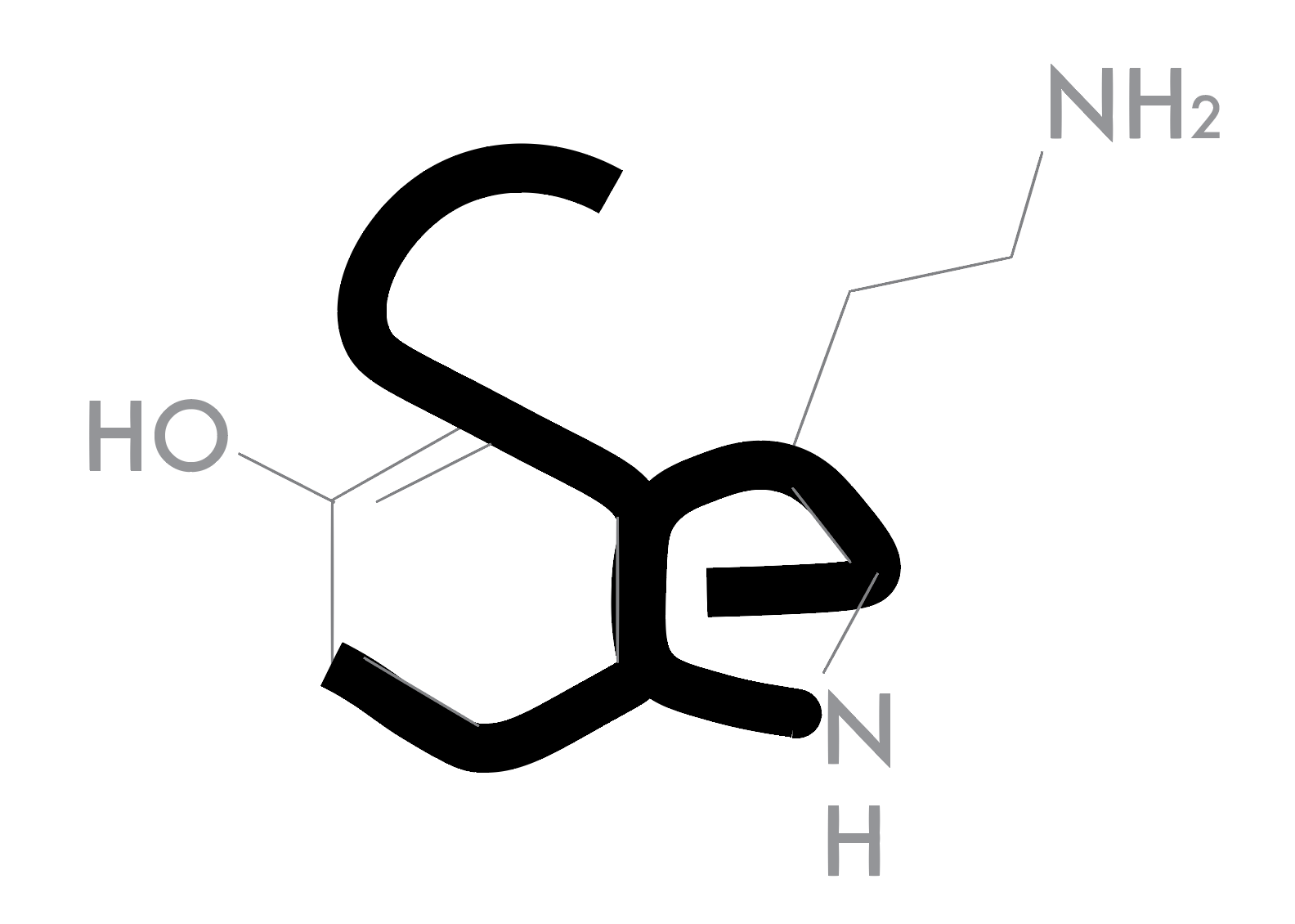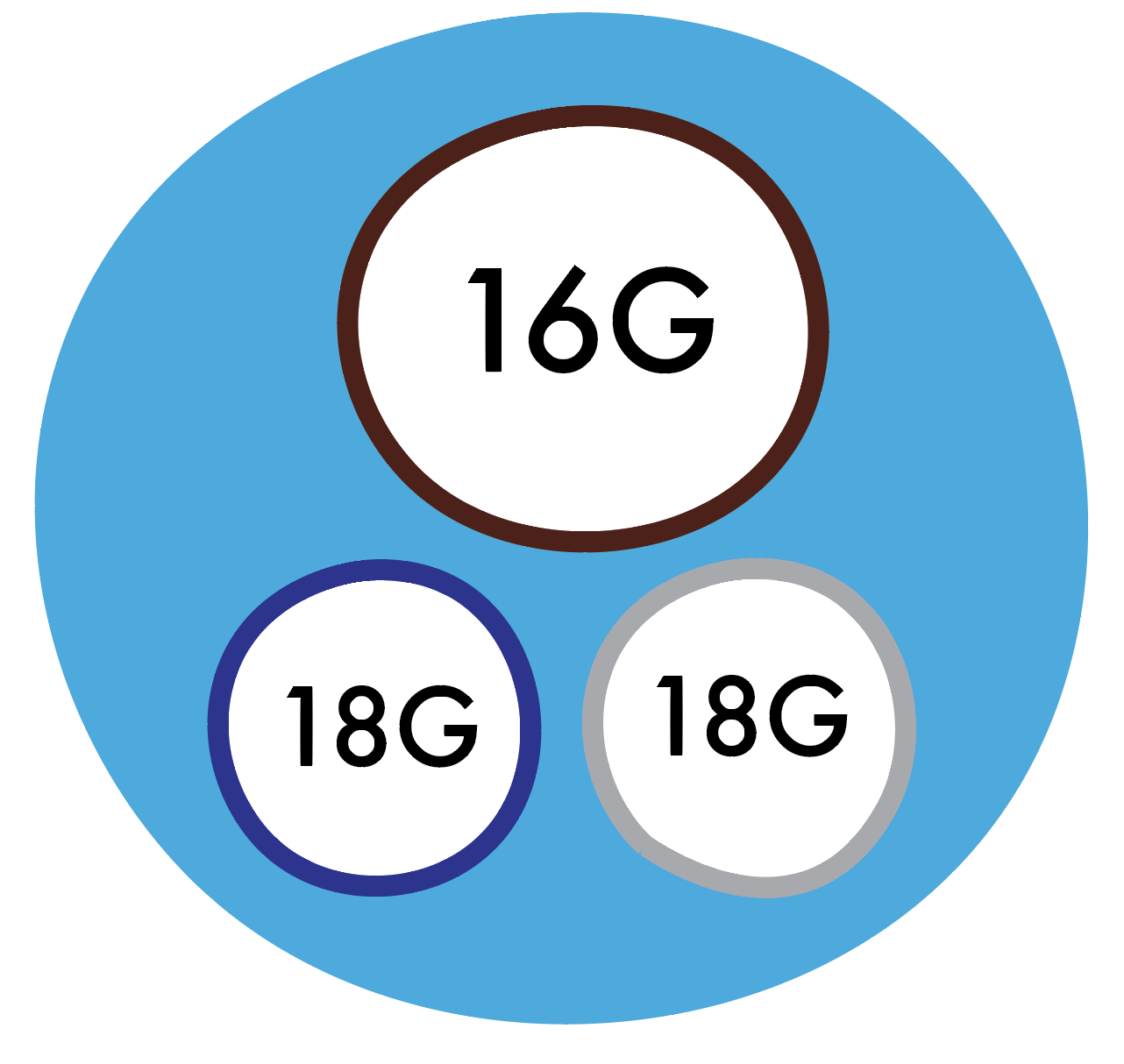Back to the Basics: Demystifying the UA
/Amongst the various diagnostic studies that can be obtained in the ED, urinalysis is a virtually ubiquitous test. Urine itself reflects the functioning of the human body in both health and disease and the values it comprises can give us information regarding a myriad of conditions from infections, metabolic or endocrine derangements, and toxidromes to neoplastic processes and pregnancy. Despite this, many of the elements of even the standard urinalysis are often overlooked and underappreciated. In this talk we will explore some of these values and hopefully gain a renewed respect for the “golden cup of answers” and all that it may reveal.
Read More


















